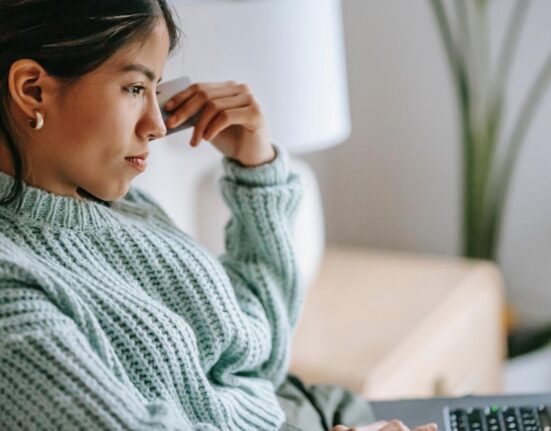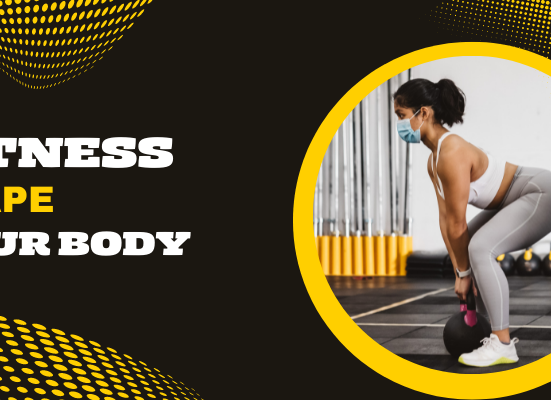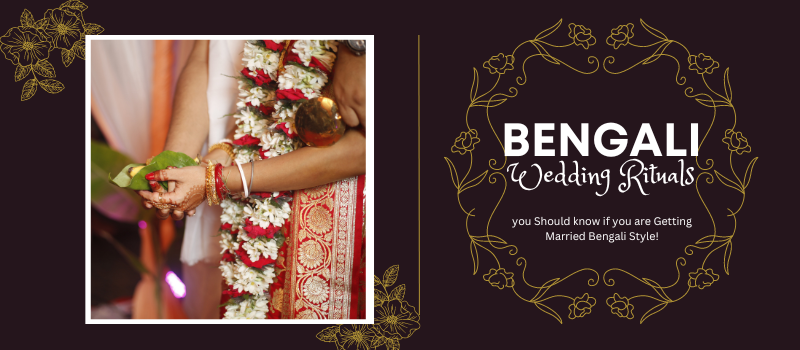Bengali Wedding Rituals you Should know if you are Getting Married Bengali Style!
The people from the region of Bengal are gifted with a sweet tooth and so is the language that they speak. The Bengali wedding ceremony is an elaborate affair that includes many pre-marriage rituals that create an environment of excitement and joy in anticipation of the wedding taking place.
Wedding Rituals Before Engagement :
Adan Pradan: This is a give-and-take ceremony wherein ancestral lines are matched in the presence of a priest to make sure that the marriage is not taking place between close relatives or persons of the same lineage (gotra).
Engagement:
Aashirwad or Patri Patra Ceremony: This ceremony takes place a few days before the wedding which is a confirmation of the marriage alliance. It is conducted by a priest at the residence of the bride or groom. The priest brings an idol of Lord Narayan. The bride’s and the Groom’s families bless the bride and the groom in the presence of the priest.
A traditional Bengali wedding is certainly more than just a union of two souls. It is a fairy tale which goes beyond love and the promises of a lifetime. It is much more than what you can imagine of any wedding ceremony and is especially characterized by extremely excited, enthusiastic friends and family members, happy faces flaunting their teeth all around and beautiful smiles spreading good vibes.
The Most Important Bengali Wedding Rituals Before Wedding :
Vridhi:
This ceremony takes place a day before the marriage which involves worshipping the ancestors of the bride and the groom. All family members attend this ceremony. A Ghot with fresh Amra Pallab is placed on the rangoli which is done at the place of the worship. All items required to perform the puja are placed in a silver plate called Baran Dala, on which a Sri symbol is made. The priest gets an idol of Lord Narayan. The entire puja is performed using agarbattis, Diyas, Kapur, and other items. This ritual is generally performed by a paternal uncle. The uncle performing the puja, the bride and the groom are on a liquid diet on the day of the puja as per the tradition.
Dodhi Mangal:
This ceremony takes place in the house of the bride and the groom at the crack of dawn on the day of the wedding. The bride and the groom accompanied by 10 married women go to a pond nearby. The Goddess Ganga is invited to the wedding by them and they fetch a pitcher of water from there to bathe the bride/ groom. After that, a meal consisting of Macher Laija Bhaja (fried fish), Jal Dhala Bhaja (rice cooked in water), curd, and Chiruya is offered to the bride and the groom.
Wedding Piris:
The piris are used to seat the bride and the groom during the wedding. These piris a brought to the bride’s house on the day of the wedding or a day before. These are then painted by a relative or a friend decoratively and on completion are presented by the artist. At this very moment, conch shells are blown and ululation taken up. Also, gifts are exchanged at this moment between the bride’s and the groom’s families.
Gae halud tattva:
These gifts are sent to the bride from the groom’s family before the haldi ceremony. The array of gifts includes at least six sarees with blouses, matching petticoats, and cosmetics. Fish, assorted sweets, Paan, Dhaan, and Durba are also included in the array of gifts. The gifts are brought by a relative of the groom accompanied by servants. At this moment conch shells are blown, agarbattis (incense) are lit and the bearers are rewarded with sweets and bakshish.
Adhibas Tattva:
This refers to the gifts coming from the bride’s house which include a saree for the groom’s mother, and fish, sweets, curd, paan, dhaan, and durba. These gifts are brought on a brass plate by servants from the bride’s house who are welcomed as warmly as the ones who visit the bride’s house.
Kubi Patta:
This small ceremony to admire Lord Kuber is performed at the house of the bride and the groom on the wedding day. Offerings are made by the family members to lord Kuber in the form of three metal glasses filled to the brim with Dhaan, Khoi (pulses) and crushed rice.
Snan:
This ceremony refers to the bathing rituals followed by the bride and the groom on the wedding day. The snan is carried out in the late afternoon or evening. A few married women apply oil and turmeric paste on the body and hair of the bride and the groom and help them bathe. A new set of clothes given by the in-laws are worn by the bride and groom after bathing. These clothes are then given to the napti (barber).
Sankha Porana:
The bride after her bath wears a new sari and the Sankha Porana (conch shell bangles) dipped in turmeric water.
Dressing the bride up:
This is the ritual of adorning the bride in all her bridal wear and accessories. Her hair is generally tied in a bun covered by a veil to which the mukut is pinned and secured in place on her head. Then the entire bridal makeover is carried out. For the following ceremonies, the bride sits with a gaach kouta and kaajal laata.
Mandap:
The wedding mandap is decorated with flowers and lights. Two banana trees are planted and a large rangoli (Alpana) is made using rice paste. The wedding ceremony is conducted in this mandap.
Do you know all the rituals in a Bengali Wedding? :
Welcoming the groom:
The arrival of the groom and his relatives is marked by the ringing of bells, the blowing of conch shells, and ululation. The silver plate (baran dala) is held by an elderly female relative of the bride. This plate is first touched to the groom’s forehead then to the ground and again back to the groom’s forehead in a gesture of blessing the groom. As the groom steps into the house, water is sprinkled at the doorstep to mark the moment. This auspicious occasion is not attended by the mothers of the bride and the groom to protect the couple from an ‘evil eye’ as per an old belief.
The Wedding Ceremony:
This part of the wedding ceremony is called sampradhan. The entire ceremony is conducted by a purohit. The bride and the groom exchange garlands while the priest recites the wedding mantras. The bride’s paternal or maternal uncle gives the bride away.
The Most Important Bengali Wedding Rituals After Wedding :
Basar Ghar:
Friends and relatives welcome the bride and the groom inside the bride’s house where the couple is offered dinner. There is a lot of merry-making by friends that keeps the couple awake all through the night.
Bashi Biye:
The following morning, Vermillion (sindoor) is applied on the bride’s forehead by the groom by looking into the mirror. Then the newlyweds goto the mandap to worship Lord Sun in the presence of the priest.
Bidaai:
The newly weds are blessed by the elders and they set off for the groom’s house.
Bou Baran:
The newlywed couple is welcomed to the groom’s house. Water is poured by the women of the house beneath the vehicle when the couple lands. The groom’s Bhabhi (elder brother’s wife) takes the imprint of the bride on a plate containing lac dye and milk. Then the couple is led in the house and is blessed by the elders.
Bou Bhat:
During this ceremony, the bride has her first meal at her in-laws home. Before this, her meals are got from a neighbor’s house. A reception hosted by the groom’s father follows in the evening.
Phool Sajja:
This is the last wedding ceremony wherein the conjugal bedroom of the couple is beautifully decorated with flowers. The bride is adorned in a new saree and the groom in a new dhoti kurta which are gifted from the Bride’s house.
Dira Gaman:
When the newlyweds visit the bride’s house for the first time, the thread that is tied on the bride’s wrist during the wedding rituals by the priest is cut during this ceremony. To mark the occasion, conch shells are blown and ululation is carried out.







Leave feedback about this
You must be logged in to post a comment.